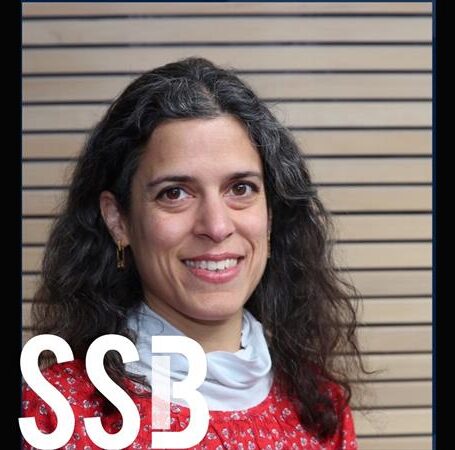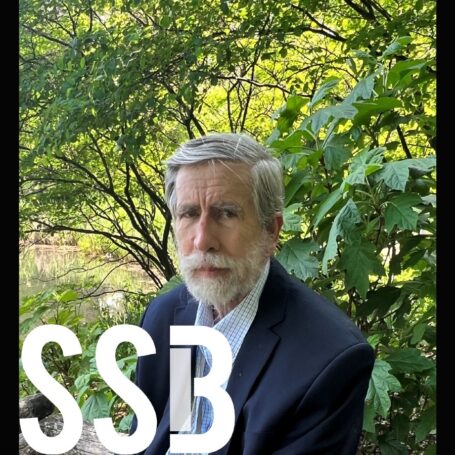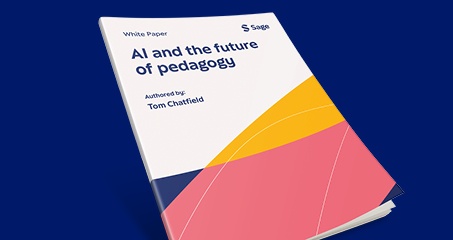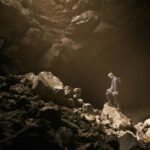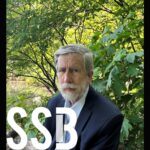How British Literary Psychogeography Offers Possibilities for Researchers
In the previous blog we learned about the type of psychogeographical thinking which was developed by Guy Debord and Situationist International. The latter movement was centered on France and mainland Europe in the immediate decades after World War II. Ultimately they failed to get their message through to wider society. In this article I explore how their basic principles re-emerged as a new form of psychogeography in the British Isles. This form would be less political than the work of Debord, at least on the surface, and would be championed by poets, writers of historical fiction and other forms of literature.
Psychogeography resurfaces in Britain during the 1990s
Merlin Coverley’s excellent Psychogeography book (particularly pages 142-162) explains how a British literary appreciation of the drift had been slowly emerging over a couple of decades. He argues that psychogeographical approaches exist in examples such as J. G. Ballard’s auto-obsessed 1973 work Crash and Peter Ackroyd’s 1985 London-based crime novel Hawksmoor. To a degree these books focus on specific geographies and follow a line or shape on the ground. However, they miss something for the social researcher, namely the perspective of the author and how they went about their task. Time is also a factor that will discussed and I will connect this to an interview with Doreen Massey.
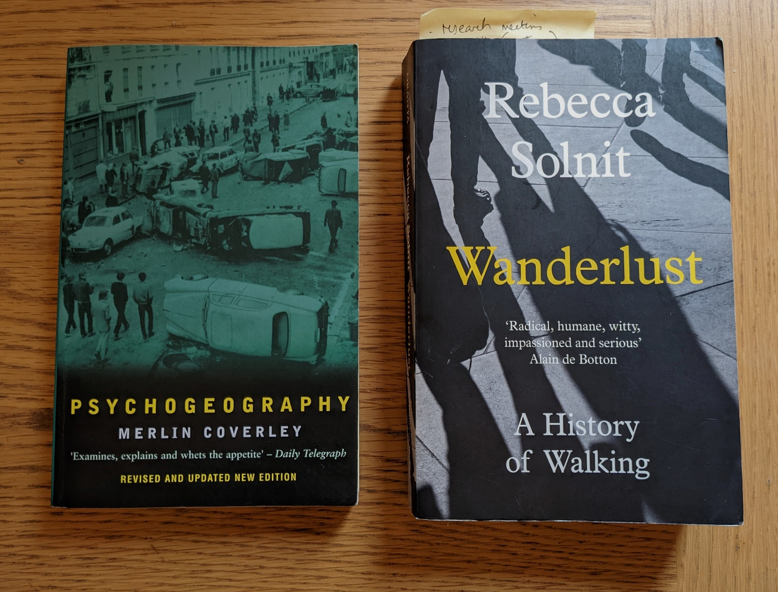
Since the Millennium there have been a number of literary works which give readers more insight into the nuts and bolts of their research and writing process. I will consider three different works that I have studied: (1) Real Cardiff by Peter Finch; (2) Edge of the Orison by Iain Sinclair; and (3) Under the Rock by Benjamin Myers. Through each case it is interesting to reflect on how much each writer is a native (insider) or visitor (outsider) to that place.
Analysing three works of literary psychogeography
The first work Real Cardiff (2002) is a rewarding engagement with urban life by Welsh poet Peter Finch. The concept is an explicit revival of psychogeography in terms of different spaces in Cardiff leading the narrative. However, it is not a dérive or drift in its strictest form as it is not taken in one go. As such, the author assembles accounts to satisfy the location. He moves back and forward from the 1950s onwards to achieve this goal. Although Finch benefits from being a Cardiff native in many ways, there is a notion that time passing puts pressure on him to represent the place (p. 6):
Finch accepts here that his accounts overlap with the experience of others. This admission is useful to anybody else wanting to follow a similar approach. Indeed, this book spawned other Cardiff sequels and a ‘Real’ franchise extended to other places and taken up by other authors. The next example explicitly follows one line on the ground. This contrasts Finch’s approach in Real Cardiff as it was written over a relatively short space of time, rather than spread across decades.
Iain Sinclair’s Edge of the Orison is one of many and various psychogeographical adventures undertaken by this writer. In this case, he follows a line originally walked by poet John Clare in 1841; going from London through the Essex countryside to Clare’s home in Northamptonshire. Sinclair takes John Clare’s contemporary descriptions of everyday life in certain places and compares them to the modern day. This use of a secondary source is interesting, particularly as Clare is regarded as a ‘peasant poet’ whose accounts give a rare example of Victorian country life from the working person’s standpoint. Social science can certainly learn from Sinclair’s use of space to unify accounts of everyday life between two different times.
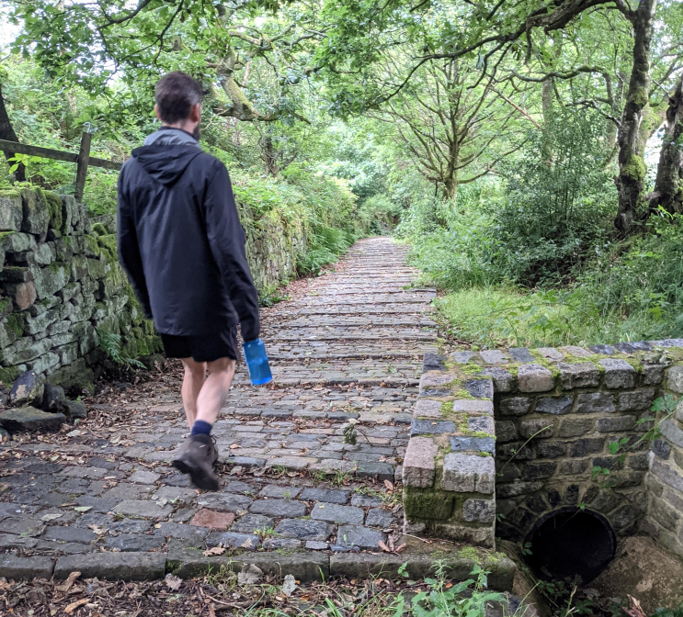
The final example is Benjamin Myers Under the Rock; an autobiographical study from 2018 of the author moving to Mytholmroyd in the Upper Calder Valley, northern England. The book includes extracts of poetry and photographs to support a (generally) chronological narrative of Myers’ making a deep map of his new home. What differentiates this work from the others is his decision to develop his walks as a sphere of connection around Mytholmroyd, rather than walking a line. In many ways this is a more realistic approach to how we live our lives. Towards the end of the book Myers realizes that walking ‘the Rock’ has become a physical form of writing (p. 276):
As the author desired, the third sentence is purposefully left in italics. In many ways this aptly summarizes Myers’ method: laying a path which explains how personal connections to certain spaces and places ‘thicken’ – referring back to Edward Casey’s concept from my last blog. Given that he is an outsider Myers is notably generous in the way that he brings other people into the story. I feel that this book offers lessons to writers, geographers, and ethnographers about how to develop a toolkit which leads to meaning relationships with people.
Towards a practical application and teaching
These three books cover different spatial levels and different types of space: the small town and a valley landscape in Under the Rock; the city in Real Cardiff; and the space between London and the country in Edge of the Orison. The common factor is to explore space and place on foot. American writer Rebecca Solnit helps us to explore this field in detail and nuance in Wanderlust: A History of Walking. For example, she sees a difference between strolling through the countryside and the urban setting. She argues that the former is more akin to finding solitude whereas walking the streets in busier space is about the chance of the encounter. Urban walking therefore becomes a useful opportunity for social scientists to meet people. I will briefly explore how a work of literary psychogeography helped me with my PhD research.
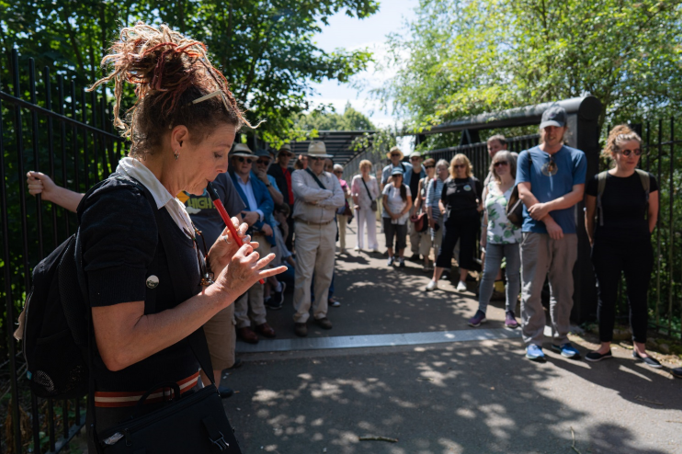
In summer 2019 I ran a public walking event which was inspired by The Hill of Dreams, a book written by Arthur Machen in the 1890s. I followed the principles of what literary geographer James Thurghill calls the ‘spatial hinge.’ This means that you use a literary work to guide how you explore places. For example, Machen writes about the sense of fear through people not knowing each other as London expanded in the Victorian-era. These descriptions helped the people on the walk in 2019 to understand how suburban housing estates were established in the late 1960s. These ideas are expanded in a written paper that I presented to the 2022 RGS-IBG International Conference. In November 2022 I took the psychogeographical ideas from Finch, Sinclair, and others to a seminar for a creative writing non-fiction module at Swansea University.
Creative writing non-fiction allow students a base to branch into journalism, blogging, teaching or to even pursue social science research. After reading some of the texts a constant theme was how personal it is to walk a line and write about that experience. This can be seen as the ethics or methodology. We also spent a fair amount of time discussing whether atmospheres are created by people or whether people follow the mood or feeling that already exists in a place. To further this thought we explored how some places have more human influence on them than others: Real Cardiff describes pubs and nightclubs; and Edge of the Orison helps us appreciate the change from city to countryside. Examples such as Under the Rock pay more attention to nature and reveal the stress of living in a place which often floods. These debates led us to the important topic of whether human action and climate change cause these floods. One interesting question was about whether writers present the beautiful side of places or not. As such this leads us into the final part of this blog: realizing why social context is important.
Wider social context is important
Solnit builds her case by referring to writers of literature and also observes forms of popular music. Through these examples she builds an argument that people gradually lost the regularity of covering every inch of the ground by foot. She writes that the coming of train travel was the start of this process, and that the critical phase of finally losing touch happened during the 1950s and 1960s. This latter period is when Guy Debord tried and failed to promote psychogeography and also captures the rise in prominence of the automobile.
Much of Solnit’s thinking supports the idea that walking is neglected as a way of being. Maybe there is a way to reflect and relocate our emotional experiences if we slow down and walk – as followed by Finch, Sinclair, and Myers. Through a perambulation the individual finds themself in a liminal state; that is to say between the past, present and future. This latter idea is of interest to many geographers. Indeed Doreen Massey, interviewed here on Social Science Space in 2013, argues that space has many qualities which ‘… cut through the myriad stories in which we are all living at any one moment. Space and time become intimately connected.’ I am definitely an adherent of this approach. Moreover, I think that artists and writers can help us find the connections. Some of my experience is articulated in my series of blogs about developing street theatre, where people can explore the past through the present if they stop to concentrate on space.
Looking to the next blog
We have covered a significant development of psychogeography in this article. In the next edition I will introduce some of the techniques that you can try yourself and explain how the internet has offered new possibilities. There is also a chance to revisit a question posed to me by a creative writing student: do we portray the beautiful side of a place or not? For example, does psychogeography support a form of tourism, such as the way James Joyce’s Ulysses (BBC film here) influences the branding of Dublin, or is it a way to meet people and understand their everyday lives?
The series so far
Mapping the Ebb and Flow of Psychogeography | Broadly speaking we can assume that psychogeography lies between that which studies the psyche and the mind and that which focuses on space and place. However, it is worth stressing that we are mostly concerned with an innovation within geography, particularly of the humanistic kind, rather than a branch of psychology
How British Literary Psychogeography Offers Possibilities for Researchers | Above
Psychogeography Becomes More Accessible — and Goes Online | Here we explain how practices such as the dérive have been simplified and used by a wide variety of people. Moreover, the lockdown(s) of 2020 encouraged people to think different about how to use technologies.

